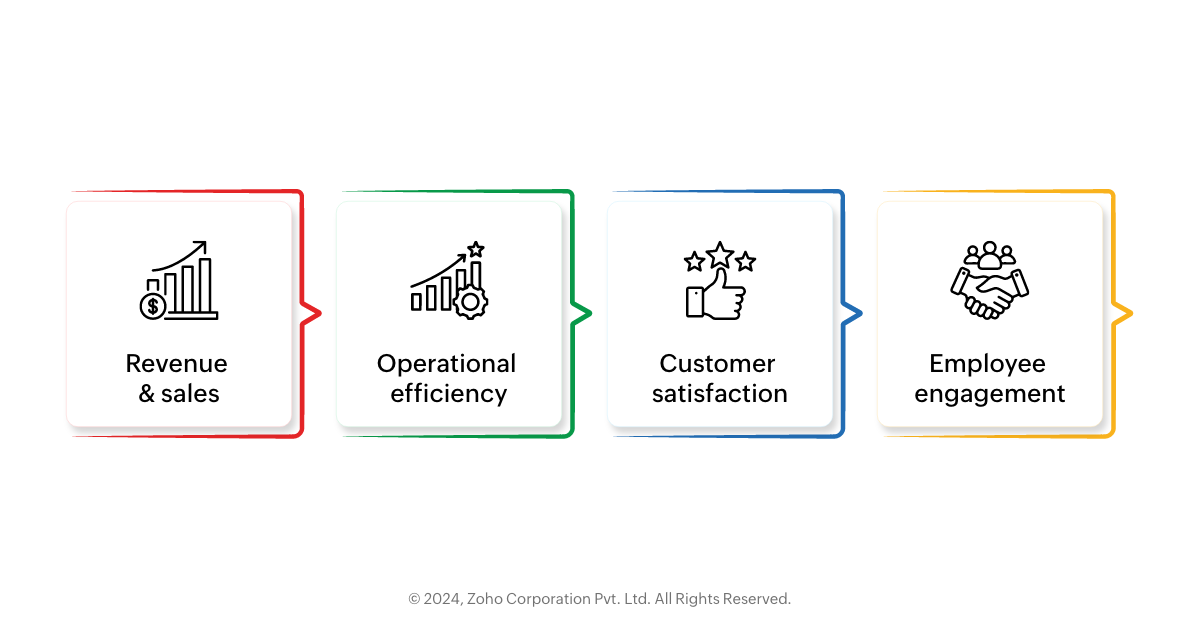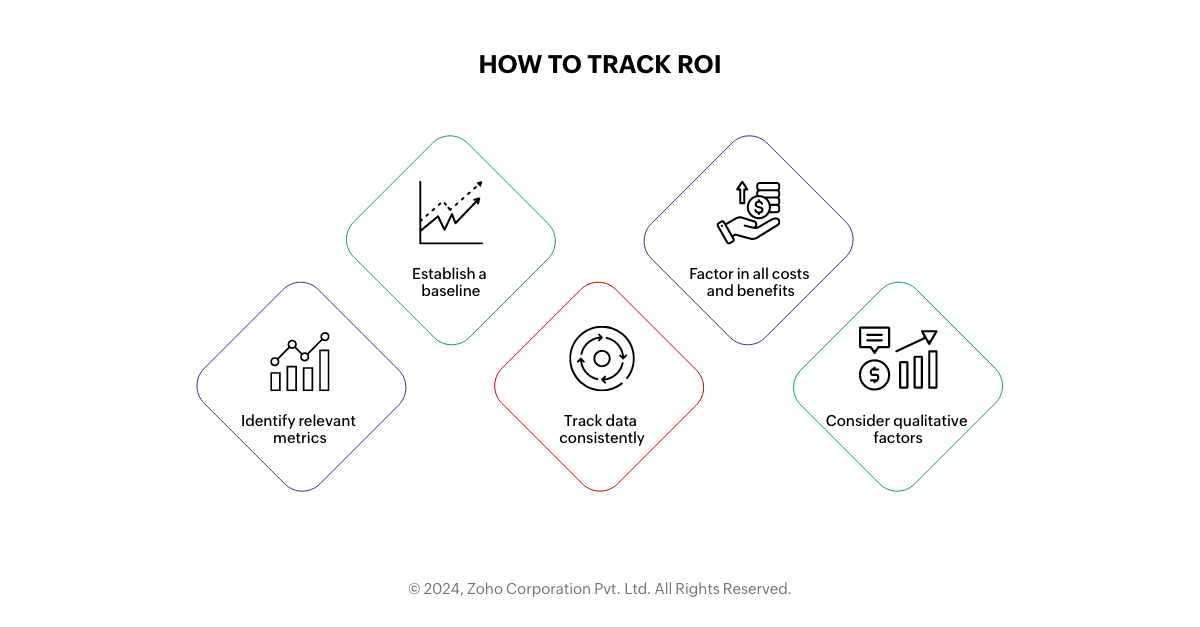- HOME
- Digital Transformation
- Here's why you should be presenting the ROI of your digital transformation to your bosses
Here's why you should be presenting the ROI of your digital transformation to your bosses
- Last Updated: May 29, 2024
- 52 Views
- 4 Min Read

Digital transformation is a hot topic, promising businesses a path to increased efficiency, improved customer experience, and ultimately, greater profits. But how do you know if your digital transformation efforts are actually paying off? Here's the million-dollar question: how can you measure the return on investment (ROI) of digital transformation?
The truth is, there's no one-size-fits-all answer. Digital transformation encompasses a wide range of initiatives, from implementing new software to revamping entire business processes. However, there are key metrics and strategies you can employ to demonstrate the value your digital transformation is bringing to your organization.
But first of all, why track ROI?
Tracking the ROI of digital transformation isn't just about bragging rights. Here's why it's crucial:
Justify investment and secure funding: Digital transformation initiatives can involve a lot of investments that your stakeholders need to be aware of. Tracking ROI provides concrete data to demonstrate the value proposition and secure ongoing support from stakeholders.
Make data-driven decisions: Measurable results allow you to identify what's working and what's not. You can then optimize your digital strategy, allocate resources effectively, and make informed decisions about future initiatives.
Boost accountability and transparency: Tracking ROI fosters accountability within teams working on digital transformation projects. It ensures everyone is focused on achieving measurable results that contribute to the overall business goals.
Demonstrate progress and success: Tracking ROI allows you to showcase the positive impact of digital enablement strategies. This can motivate teams, inspire confidence in leadership, and attract potential investors.
By failing to track ROI, you're essentially flying blind. You won't know whether your digital transformation is delivering the promised benefits or simply burning through resources.
Tracking what matters
Before diving into metrics, it's crucial to define your digital transformation goals. Are you aiming to:
Boost revenue and sales?
Improve operational efficiency and reduce costs?
Enhance customer satisfaction and retention?
Empower employees and improve collaboration?
Here are some key metrics to consider based on your digital transformation goals:

Revenue and sales: Track website traffic, conversion rates, average order value, and customer acquisition costs to see whether your digital initiatives are driving sales growth.
Operational efficiency: Monitor process times, resource allocation, and error rates to assess whether digital tools are streamlining operations and reducing waste.
Customer satisfaction: Utilize customer satisfaction surveys, net promoter scores (NPS), and social media sentiment analysis to gauge customer experience after digital transformation efforts.
Employee engagement: Track employee adoption rates of new technologies, internal surveys on satisfaction with digital tools, and collaboration metrics to measure employee buy-in and productivity gains.
The qualitative advantage
While quantitative metrics are essential, don't neglect the qualitative aspects of digital transformation. Consider factors like:
Improved decision-making: Are data-driven insights empowering better business decisions?
Enhanced brand image: Has your digital presence become more modern and user-friendly?
Increased innovation: Are your teams more agile and adaptable thanks to digital tools?
How to track ROI: Building a strong case

Now that you understand the importance of tracking ROI, here's how to approach it:
Identify relevant metrics: Align your metrics with your digital transformation goals. Common metrics include website traffic, conversion rates, customer satisfaction scores, operational efficiency improvements, and cost savings.
Establish a baseline: Before implementing any digital initiatives, establish baseline measurements for your chosen metrics. This will provide a benchmark to compare against and assess progress over time.
Track data consistently: Don't leave ROI measurement to chance. Regularly collect and analyze data to track changes in your metrics. Utilize analytics tools and reporting dashboards to monitor progress effectively.
Factor in all costs and benefits: Consider both the initial investment in digital transformation projects (software, training, etc.) and the ongoing operational costs. On the benefits side, account for increased revenue, cost savings, and improved efficiency gains.
Consider qualitative factors: While metrics are essential, don't neglect qualitative aspects. Track employee sentiment towards new technologies, measure improvements in customer feedback, and assess the overall impact on brand image.
When presenting your ROI findings, consider the following:
Cost versus benefit analysis: Clearly outline the initial investment in digital transformation efforts alongside the measurable benefits achieved.
Focus on long-term impact: Digital transformation is a journey, not a destination. Highlight the potential for ongoing value creation through continuous improvement.
Tie it back to business goals: Ensure your ROI analysis demonstrates how digital transformation is driving progress towards your overall strategic objectives.
Remember that measuring the ROI of digital transformation is an ongoing process. By setting clear goals, tracking relevant metrics, and considering both quantitative and qualitative factors, you can build a strong case for the value your digital transformation efforts are bringing to your organization.
Ready to embark on your digital transformation journey? Focus on setting clear goals, measuring the right metrics, and showcasing the positive impact on your business. By doing that and using platforms like AppCreator on your digital journey, you can transform digital dreams into measurable success.



